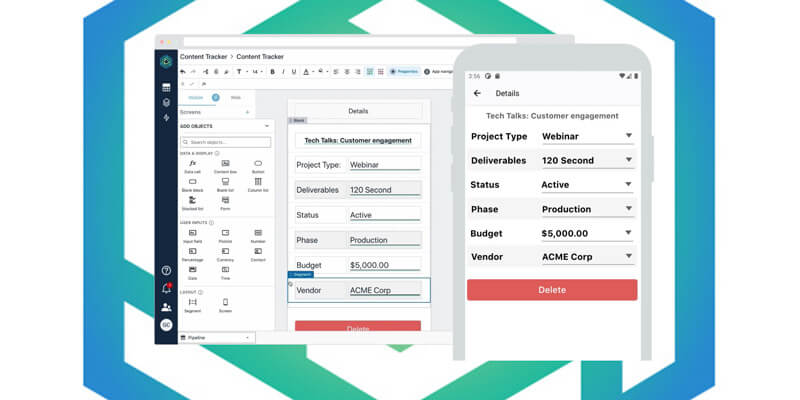Category: Software Engineering

What I Learned in 2020
Remote education does work We did a lot of teaching in 2020. It wasn’t always pretty, but we improved a lot and I feel pretty good about it. Remote work can work, but not as well as in-person We made remote work work, but it was at times a struggle. I’m looking forward to…
Read more…

Learning APIs with TwilioQuest
How many APIs have we had to learn over the years? Learning is a continual part of being a software developer, and learning APIs is a part of that. Usually, learning an API involves jumping into word walls with occasional code snippets in-between. But Twilio decided to try something different. TwilioQuest is part video game,…
Read more…

Azure Vision: Who Didn’t Make Coffee?
At Don’t Panic Labs, I get to see many business deals that come through. Over the years, they seem to have increased in complexity. Probably the most obvious way they have grown is in the number of pieces. It isn’t uncommon for a solution to have many subsystems, be hosted in the cloud, have many…
Read more…

Google Firebase: Revisited
I haven’t been a fan of Google Firebase for quite some time. We used it for one project here at Don’t Panic Labs, and it was a pain to work with. The pain comes from three main gripes: It didn’t have a great local development story The technologies in Firebase feel somewhat odd to interact…
Read more…

AWS Lambdas with TypeScript plus Debugging: Yes You Can
AWS Lambdas give us quick code running in the cloud, but we don’t have to know how it is hosted. We are purely just writing functions running in the cloud. And with AWS CodeStar, getting a Node.js/Express.js Lambda set up and running has never been easier. This all seems great, but it does come with…
Read more…

Quick Look – AWS Honeycode
We write a lot of applications that automate backend processes. These are typically applications that can be a little rough in terms of their user experience because they only function for a few (and often more technically savvy) users. These applications are often heavily data-driven, which is why they usually start in Excel before we…
Read more…

Reflections on “CSS Refactoring” by Steve Lindstrom
Why I Read This Book I’ve worked in software development professionally for about six years, throughout which much of my time has been spent in front-end web development. In that time, I have written my fair share of CSS and Sass, but I have never felt especially competent while doing so. I can typically style…
Read more…

AWS CodeStar – Adding Another API Endpoint
I wrote about AWS CodeStar in my previous post. I was impressed by what it can provide developers. With just a few clicks, you get a fully functional API running in a serverless hosting environment (AWS Lambda), and you get a full build/deploy pipeline to boot. But how can you add another API endpoint after…
Read more…

Getting Started with AWS CodeStar
I have blogged a bit about AWS Lambdas in the past. We sometimes use AWS Lambas + API Gateway + other AWS services to create the backend services for our applications. My previous experience with getting this set up and running was kind of a pain, and getting it running locally was even more of…
Read more…

Chad’s Identify-Your-Face-inator
There are many solutions for face recognition. Azure and AWS both provide cloud-based solutions that can be consumed. However, there are other options that don’t require a cloud provider. One of these is OpenCV. In this blog post, we will explore using OpenCV to do some basic face recognition. The steps for pretty much all…
Read more…